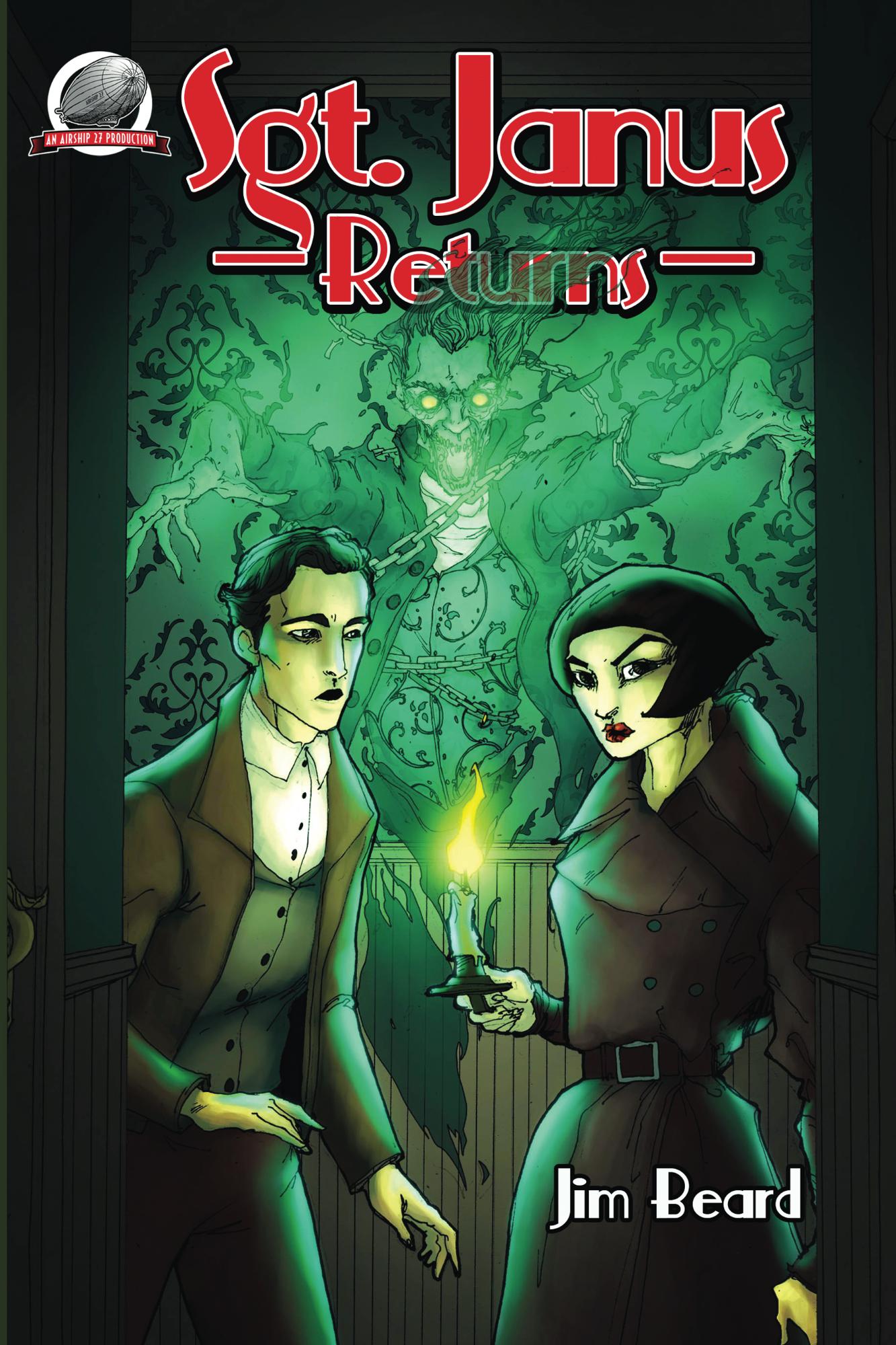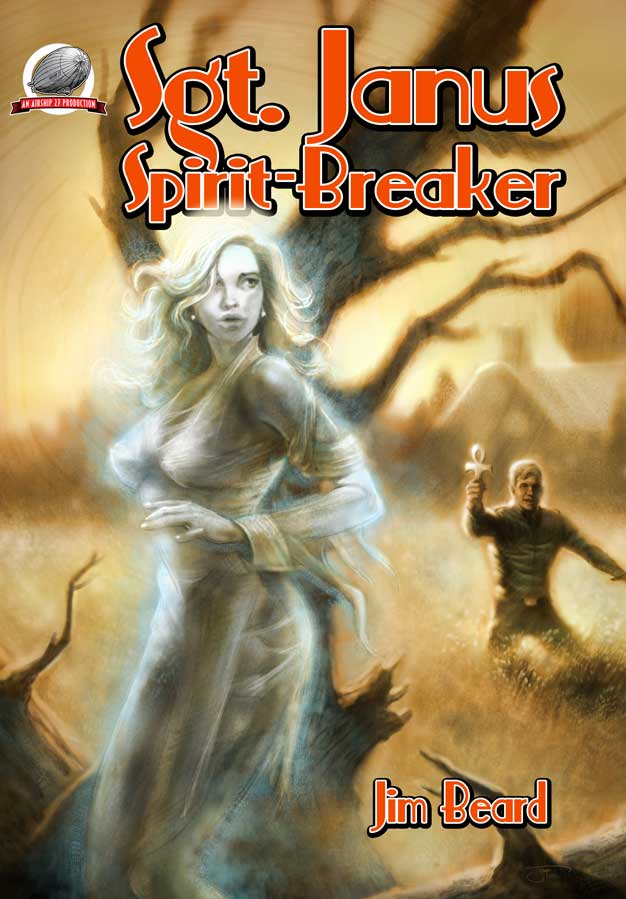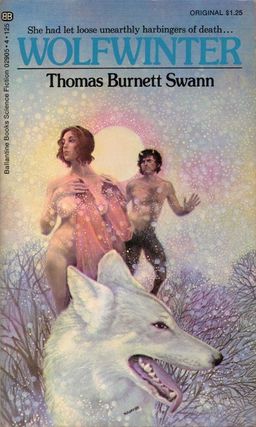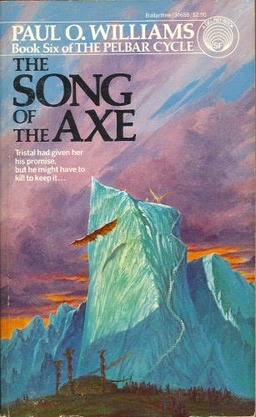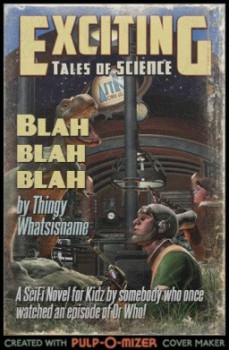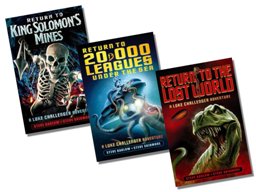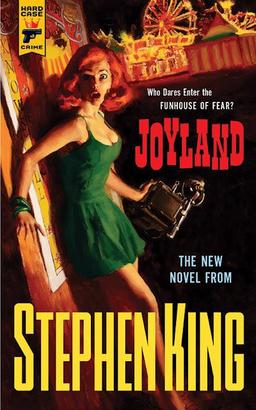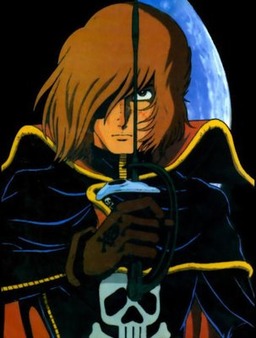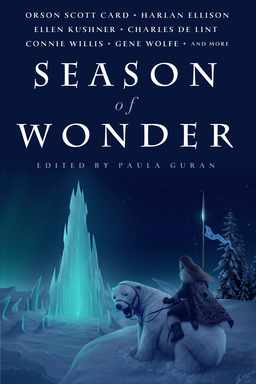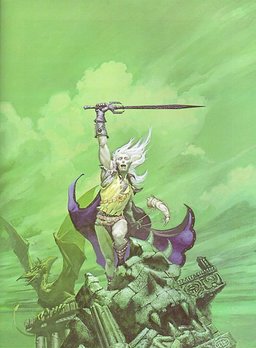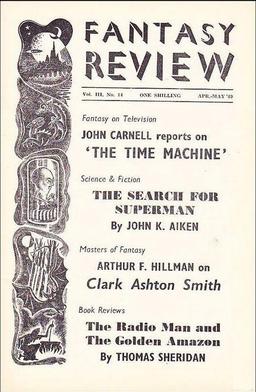Spotlight on Fantasy Webcomics: Do Superheroes Qualify as Fantasy?
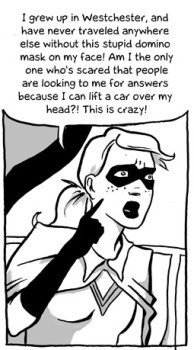
There’s a strange divide between superhero fiction and the rest of SFF. It may be because superheroes started out in comics. Almost all the tropes — the spandex, the tights, the rules of combat enforced by the Comics Code of the 1950s — come out of those comic book origins. As more and more superheroes hit the big screen, it hasn’t been surprising to see them in novels, some of them on the literary side of SFF (like Austin Grossman’s Soon I Will Be Invincible, Carrie Vaughn’s “Golden Age” books), and many of them looking at how those tropes play out when you’re not in a visual medium.
So how do you classify superhero webcomics that play with the tropes in the way that those SFF novels have done? Are they fantasy or are they superhero comics, or are those lines really more fluid than the divisions warrant? Either way, three of my favorite webcomics are superhero comics and all of them look at the genre in a way that questions our assumptions about how superheroes work.
What happens when a superhero gets married to a nice, normal girl — and what kind of strengths does it require to be married to someone with a secret identity? What does it matter if you can kick butt and take names if you’re not contributing to solving the big world problems? What is it like to be an 8 year-old superhero? Keep reading and find out how three very different comics are looking at superheroes (and why you should be reading them).
